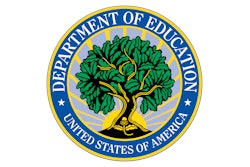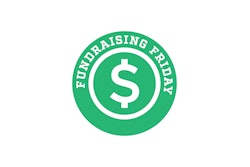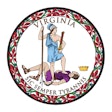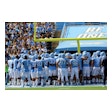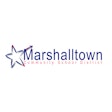In pursuit of fairness and credibility, Michigan creates a pilot observation program for referees and umpires.

Uyl, as an assistant director of the Michigan High School Athletic Association, is overseeing a statewide pilot observation evaluation program for game officials. Last fall, approximately 80 football referees in western Michigan were given constructive post-game feedback by an observer at the game - usually a retired ref or someone with a working knowledge of officiating. Another 60 basketball officials were evaluated during a similar program in eastern and central Michigan last winter. Baseball, softball and soccer officials are now under observation, too. This summer, the MHSAA plans to host training sessions for observers (who will be recommended by more than 60 local officials' associations around the state) and begin developing regional pockets of qualified observers. By the 2008-09 school year, the program is expected to be active in a total of eight sports, with the addition of ice hockey, volleyball and wrestling.
"For officials to improve, they really need feedback from somebody who knows something about officiating, and that's the reason we're trying to get this program in place," Uyl says. "It takes a great deal of hard work to not only get the mechanics of this up and running but to get folks to buy into it and know that we're not trying to catch officials doing something wrong. We're really trying to catch them doing something right."
"It's an excellent undertaking," says Bill Topp, a veteran of high school sports officiating and vice president of publishing and management services for Referee and the National Association of Sports Officials. "Officials want feedback. We hear lots of negative feedback, so it's great to get positive feedback, too."
There may be several ways of getting that positive message across. During one particular football game last fall, with a team having just snapped the ball at its opponent's two-yard line, the on-site observer witnessed a side judge who failed to get into position at the goal line for a potential touchdown signal. "The scenario we can never have," Uyl says, "is the runner reaching the ball toward the goal line and the official is not there yet."
The observer met with referees after the final whistle and, as a discussion starter, asked the side judge why he needed to be positioned at the goal line. "In many cases, negative behavior can be addressed by simply asking officials if they thought about doing something another way," Uyl says. "These are things that coaches have no clue about, and this is the kind of feedback that officials have never gotten before. We try to encourage officials to think about a different way of doing something, rather than punish them." (During the pilot program, an observer's presence at a given game was disclosed to officials ahead of time; officials will eventually receive no advance warning.)
While Michigan's current evaluation system of asking coaches to rate officials on a 1-to-5 scale can be influenced by their personal wins or losses and what they may have considered to be favorable or unfavorable calls, the observation program is far less subjective. Using a similar 1-to-5 scale, all officials begin each game with a "3" rating in each of 17 categories (such as positioning, communication, hustle and consistency of calls), meaning they are presumed to meet an acceptable performance standard. Each official's score is then adjusted up or down based on their in-game performance. In addition to a post-game briefing, observers follow up with officials via written reports within two weeks.
Many state associations bow out of the evaluation process, leaving that task in the hands of local officials' associations, which in turn often rely on coaches-only input. That makes some ratings little more than just numbers, Topp says, because no written explanations or face-to-face consultations accompany an official's final numeric score.
While NASO does not endorse any particular rating system, the association offers a model evaluation form (available at naso.org) that can be used by and for officials in any sport at any level. But who - if anybody - fills out the two-page form, which measures everything from an official's knowledge and application of the rules to his or her future officiating potential, is left to the discretion of local organizations.
Uyl says members of MHSAA's Representative Council used NASO's form as a model to develop the state's sport-specific observation standards and evaluation forms. "We want to have things defined ahead of time, so that observers are going out and giving feedback based on what we've all agreed upon," he says, adding that without a written standard, observers would likely focus only on stylistic preferences and pet peeves.
For now, at least, the MHSAA doesn't plan to use observers' evaluations when determining state-tournament placements. Uyl is more concerned about first generating support for the program within the officiating community. Eventually, he says, observers' and coaches' evaluations likely will be merged into some type of overall power rating.
Uyl also is a little worried about finding enough observers as the program moves forward. "The most effective observer is someone who has either moved on to the collegiate level or recently retired from officiating," he says. "It's hard for somebody who is an active official to go out and observe another official and offer constructive criticism one night and then work with that person a night or two later."
While there appears to be no shortage of observers for football and basketball, filling the pool of observers for other sports could be a challenge. Nevertheless, over time, Uyl believes the program has the potential to result in better officiating and improved recruiting and retention of referees and umpires. "Once we get things in place," Uyl says, "this is going to help our state immeasurably."















